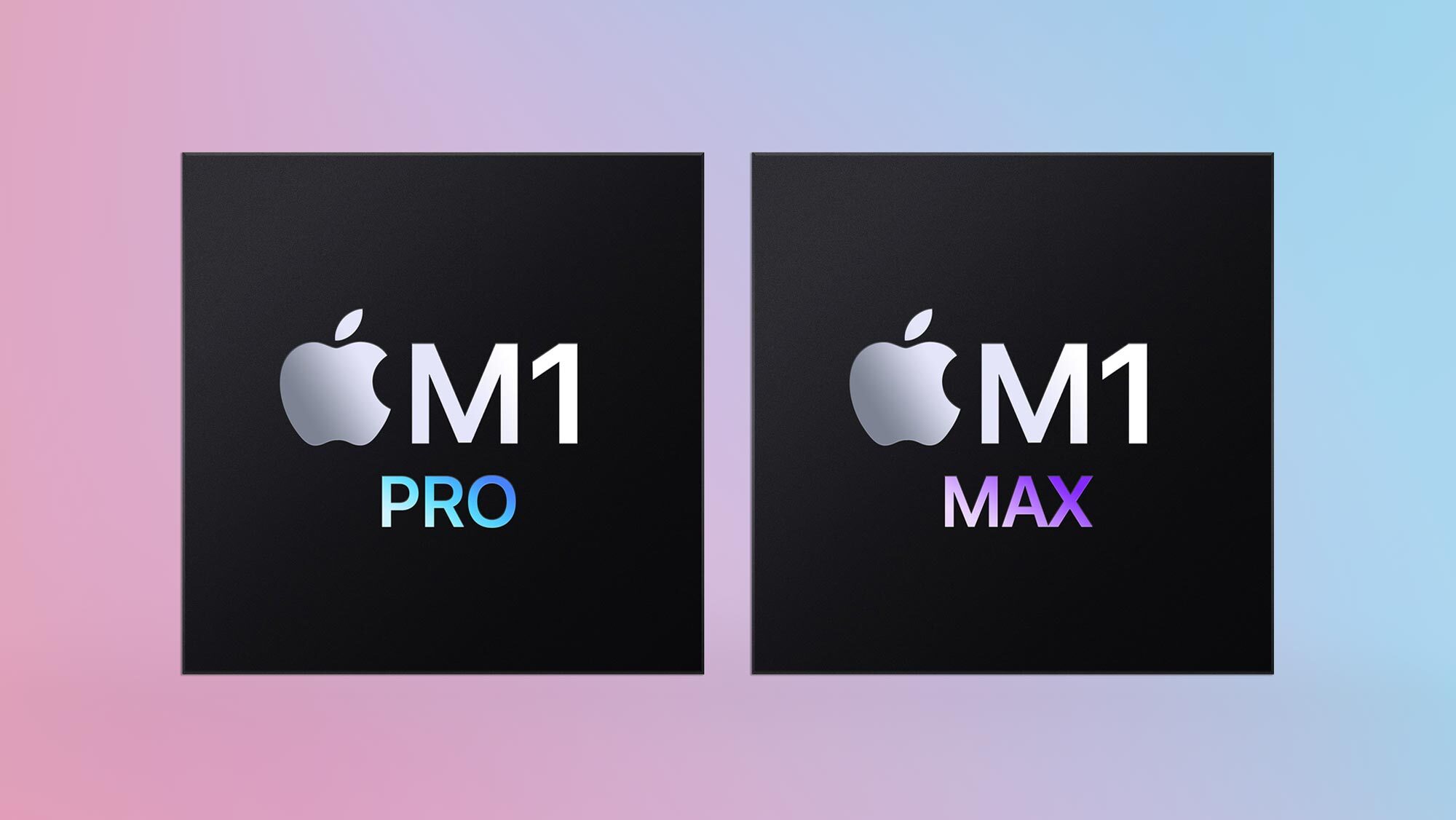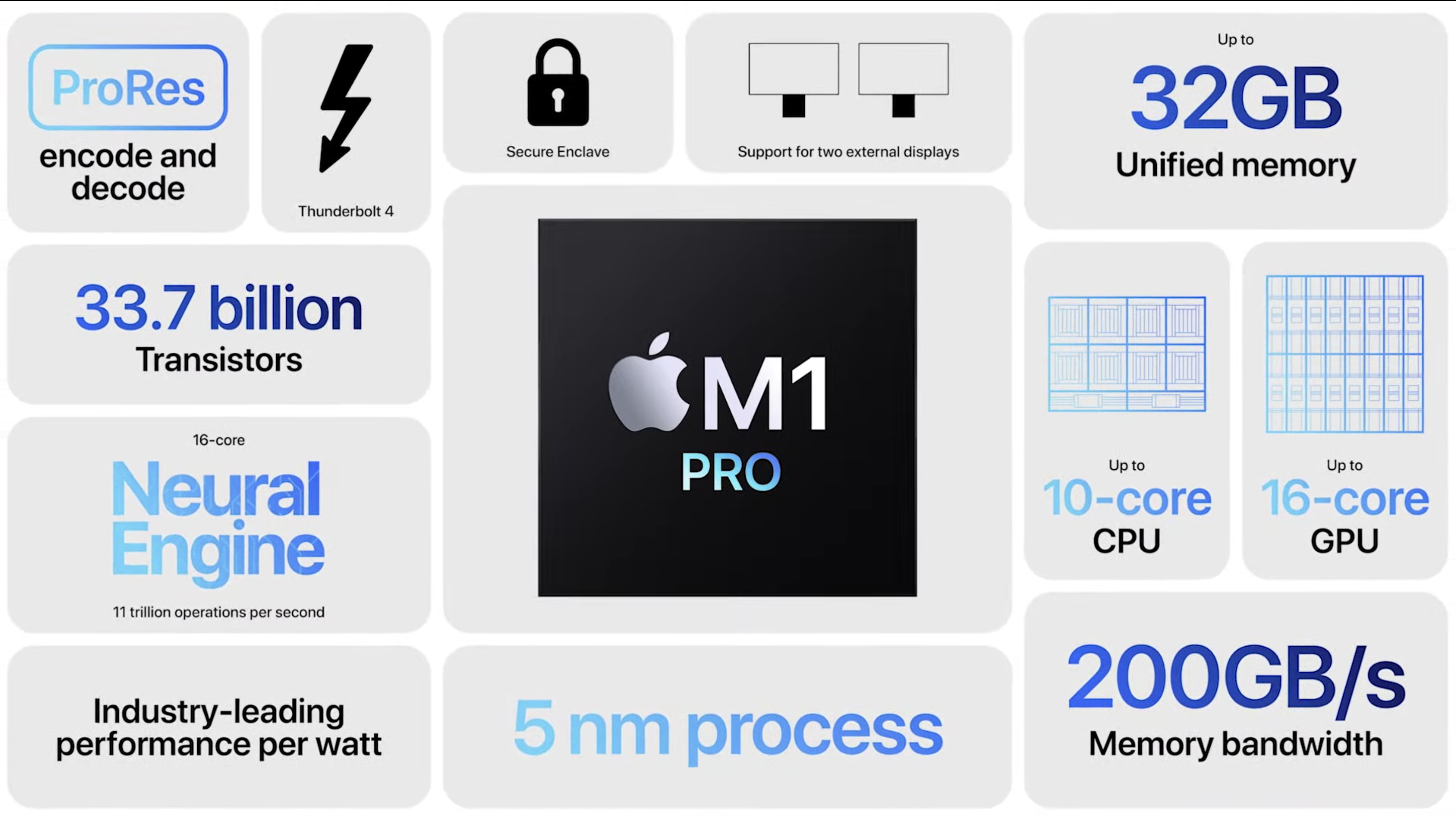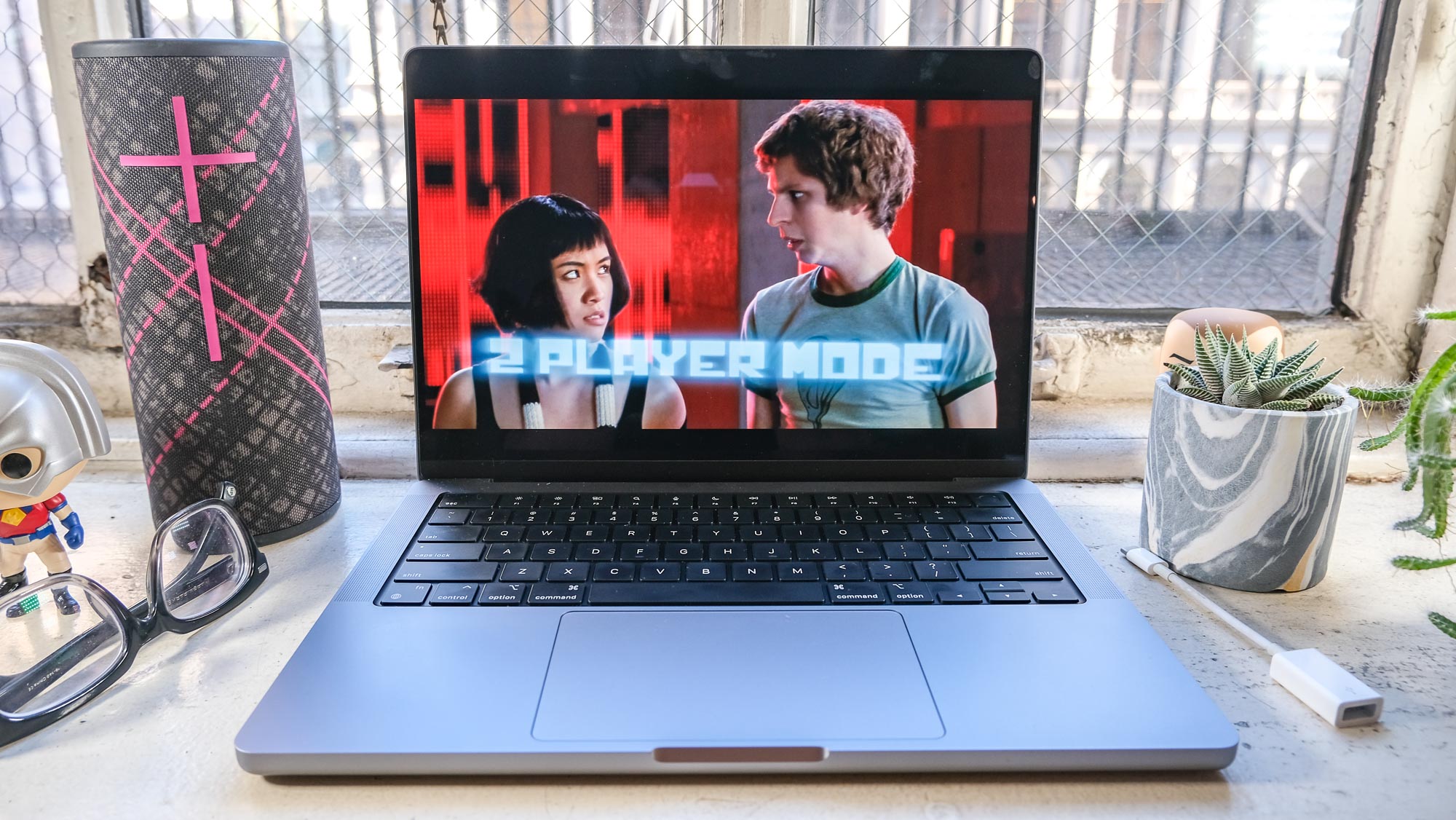Apple M1 Pro vs M1 Max: What should you buy?
Here's how to choose which flavor of M1 chip is right for you

The M1 Pro vs M1 Max buying decision is a tough challenge facing MacBook Pro enthusiasts now that Apple's selling its 2021 Pros with both flavors of bespoke silicon.
Each is a significant improvement over Apple's remarkable M1 chip, which was itself a game-changer in terms of power and battery efficiency. While the M1 Max is undoubtedly the more powerful of Apple's two new chips, the M1 Pro is no slouch either, and it's debatable whether most people need the added power and features of the M1 Max.
On the other hand, even the best laptops on the market have a hard time keeping pace with Apple's MacBook Pro 14-inch 2021 and MacBook Pro 16-inch 2021 laptops when they're kitted out with the M1 Max. So if you absolutely, positively must own one of the best Macbooks available, M1 Max may be the right choice for you. Read on for our in-depth rundown of how these Apple chips differ, and which one is best for your needs.
Apple M1 Pro vs M1 Max specs
| Row 0 - Cell 0 | M1 Pro | M1 Max |
| Transistors | 33.7 billion | 57 billion |
| CPU cores | 8-10 | 10 |
| GPU cores | 14-16 | 24-32 |
| Unified memory support | 16-32GB | 16-64GB |
| Memory bandwidth | Up to 200 GB/s | Up to 400 GB/s |
You should buy a Macbook Pro with M1 Pro if...
...you plan to use it primarily for daily tasks, office work and some light gaming.
While there are significant differences between the performance of the M1 Pro and the M1 Max, you probably won't notice them unless you're doing a lot of computationally intense work like software engineering or video processing. In those cases, it makes a lot of sense to splurge on an upgraded M1 Max chip in a beefy new Macbook Pro.
But for most of us, a new Macbook Pro with even the entry-level M1 Pro chip is more than enough power for most tasks. That's because the M1 Pro, like the M1 Max, is an SoC (system-on-chip) that integrates the CPU and GPU together and sets them up to utilize a shared pool of unified memory. Put simply, it's a hybrid chip that manages to be both powerful and power-efficient, helping the 2021 Pros deliver impressive performance.

When you order a Macbook Pro with an M1 Pro, the chip can be configured with up to a 10-core CPU, and up to a 16-core GPU. That's up to twice as fast as its predecessor, the M1 chip which powers the 13-inch Macbook Pro with M1, and that chip's already great for playing games or doing video editing. With the M1 Pro's upgraded internals, it should give your new Macbook more than enough power for daily tasks.
Sign up to get the BEST of Tom's Guide direct to your inbox.
Get instant access to breaking news, the hottest reviews, great deals and helpful tips.
Specifically, the M1 Pro has 33.7 billion transistors and a 10-core CPU with eight performance cores and two efficiency cores. It supports up to 32 GB of memory, and has a memory bandwidth of up to 200 GB/second. However, be aware that the cheapest 14-inch MacBook Pro 2021 configuration has a downgraded M1 Pro chip with an 8-core CPU; still more than enough power for most tasks, but something to know if you'd rather pay $200 to upgrade to a full 10-core CPU M1 Pro chip.

The M1 Pro also has some unique features that make it especially well-suited for video editing work. These include dedicated encode and decode media engines and a ProRes accelerator specifically designed to help speed up rendering and other video editing tasks. Most of us won't need these features, but they're nice to have. Overall, the M1 Pro is more than enough power for the lion's share of Macbook Pro owners.
You should buy a Macbook Pro with M1 Max if...
...You want the most power possible for games or heavy-duty tasks like video editing and software development.
Both M1 Pro and M1 Max chips offer significant improvements over the already impressive M1, but the M1 Max seems like the clear winner if all you care about is raw power.
With 57 billion transistors (over 3x the number on the original M1), up to a 32-core GPU, support for up to 64 GB of RAM and up to 400 GB/s of memory bandwidth this is the most powerful laptop chip Apple's ever made. If you want the beefiest Macbook Pro possible, with enough power to play games well and burn through your video production work, a kitted-out M1 Max is the right choice for you.

It's especially well-suited for video editors, as the M1 Max chip packs one dedicated decode engine and not one but two dedicated encode engines, as well as two ProRes accelerators. If those tools are valuable to your work, the M1 Max is a great choice. Also note that the M1 Max supports up to four external displays while the M1 Pro supports only two, which is something to know if you work with multiple monitors.
The M1 Max also delivers improvements in game performance over the M1 Pro, based on our own hands-on testing. The 16-inch Macbook Pro kitted out with a top-of-the-line M1 Max chip managed to achieve an average of 73.8 frames per second while running the Rise of the Tomb Raider graphical benchmark on Very High graphical settings at just over 1080p (1920 x 1200 resolution), and when we cranked the game up to the Pro’s native resolution (3456 x 2234) it still managed to deliver a respectable 26.5 frames per second.
That’s much better than the 14-inch MacBook Pro 2021 with an M1 Pro chip, which could only deliver 39.3 frames per second running the same test at 1920 x 1200, and just 17.1 frames per second running it at its maximum resolution of 3024 x 1964 pixels.

However, outside of gaming and serious video editing work, the M1 Max doesn't deliver much better performance than its weaker sibling. When we ran the 14-inch Pro with an M1 Pro chip through the Geekbench 5.4 multi-core CPU benchmark, for example, it earned a score of 12,477. That’s nearly the same performance as the larger 16-inch Pro with a beefier M1 Max, but from a laptop that’s more than $1k cheaper.
So if you really need the most power you can get out of a 2021 MacBook Pro, upgrading to a model with an M1 Max chip is the right way to go. But for the rest of us, the power and efficiency of even the entry-level M1 Pro should be more than enough.

Alex Wawro is a lifelong tech and games enthusiast with more than a decade of experience covering both for outlets like Game Developer, Black Hat, and PC World magazine. A lifelong PC builder, he currently serves as a senior editor at Tom's Guide covering all things computing, from laptops and desktops to keyboards and mice.
